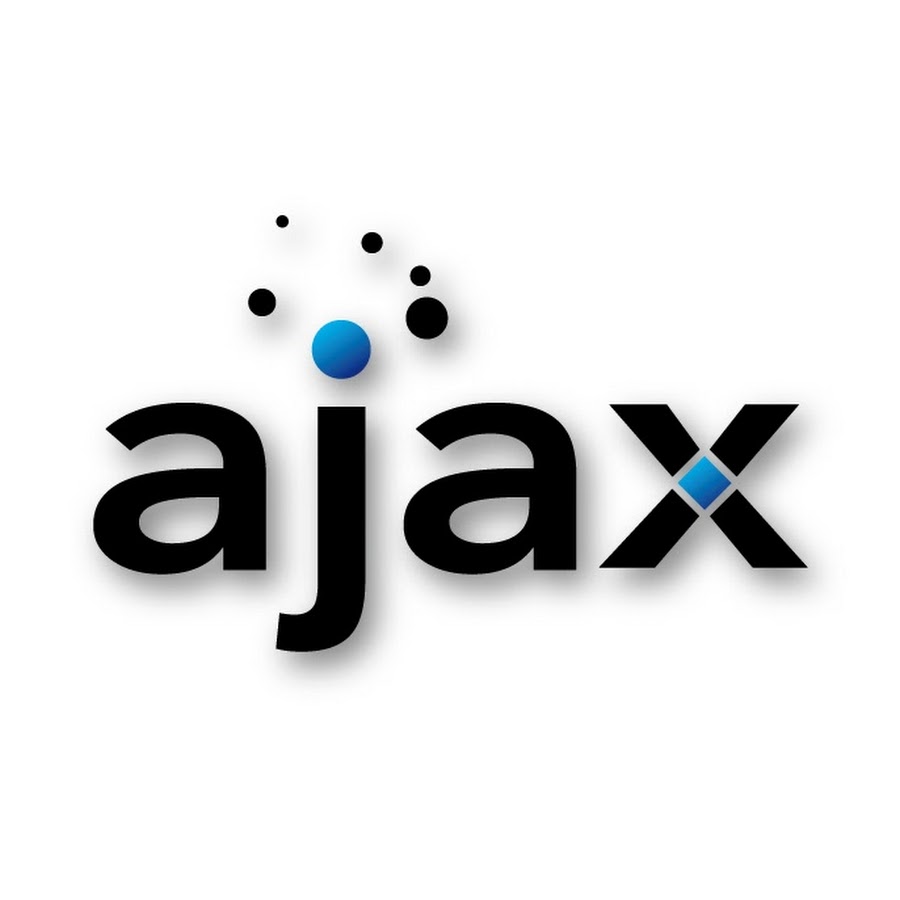AJAX
Programming Language



 Most JavaScript libraries that use AJAX wrap this object in custom code to make it simpler for developers to use, but we'll look at how AJAX works in regular JavaScript.
Most JavaScript libraries that use AJAX wrap this object in custom code to make it simpler for developers to use, but we'll look at how AJAX works in regular JavaScript.